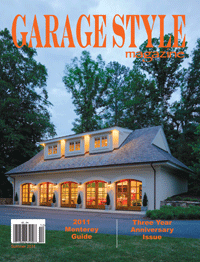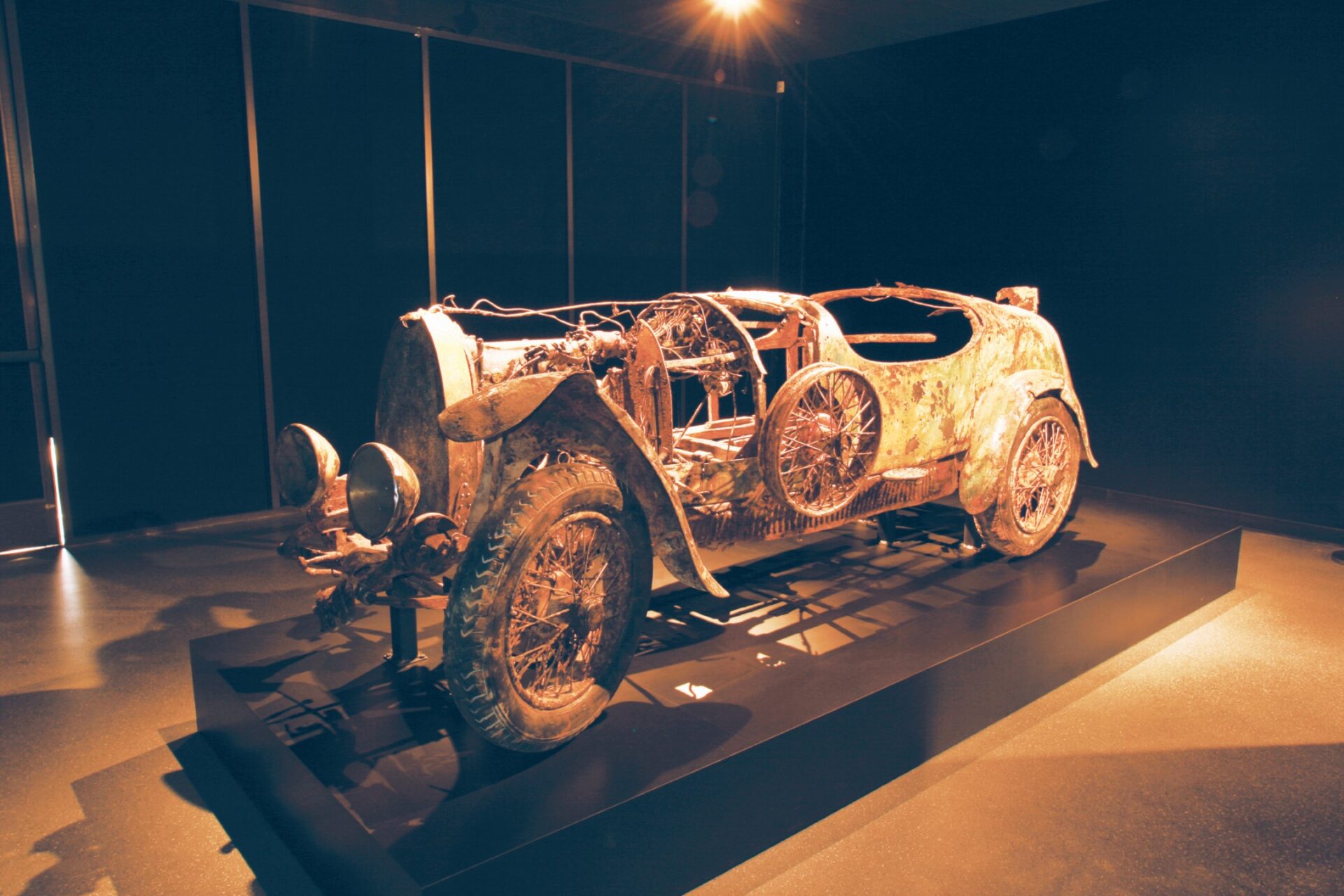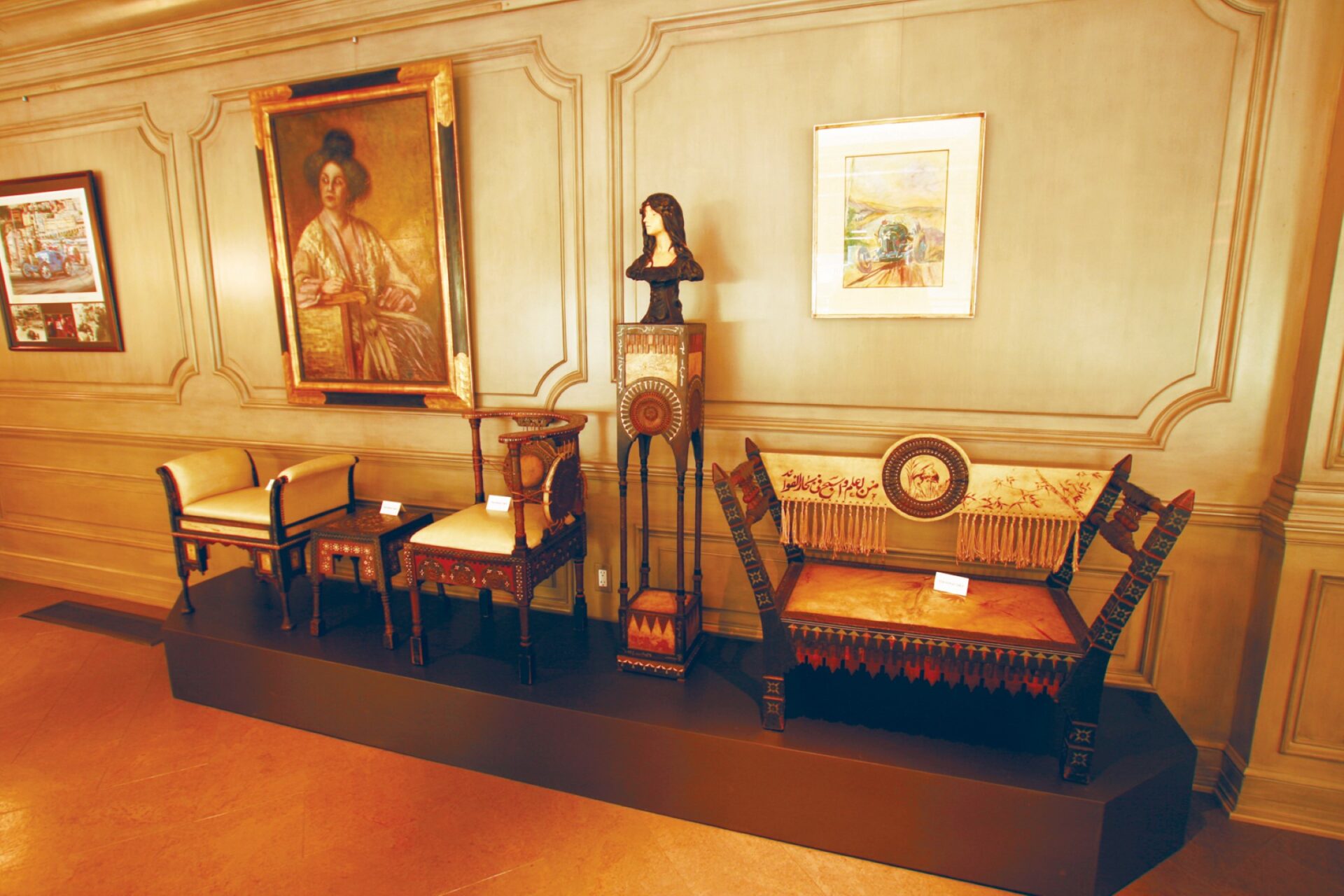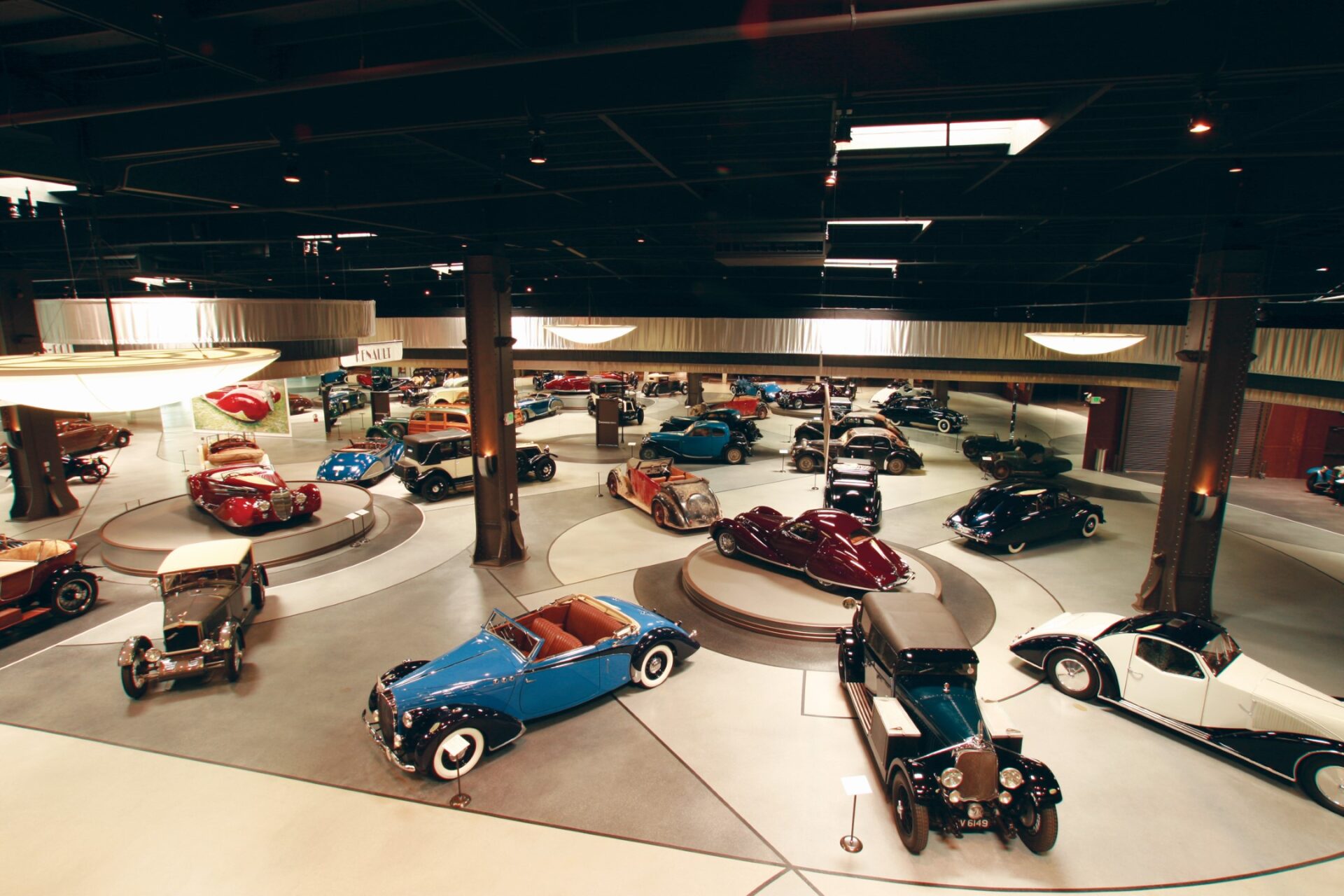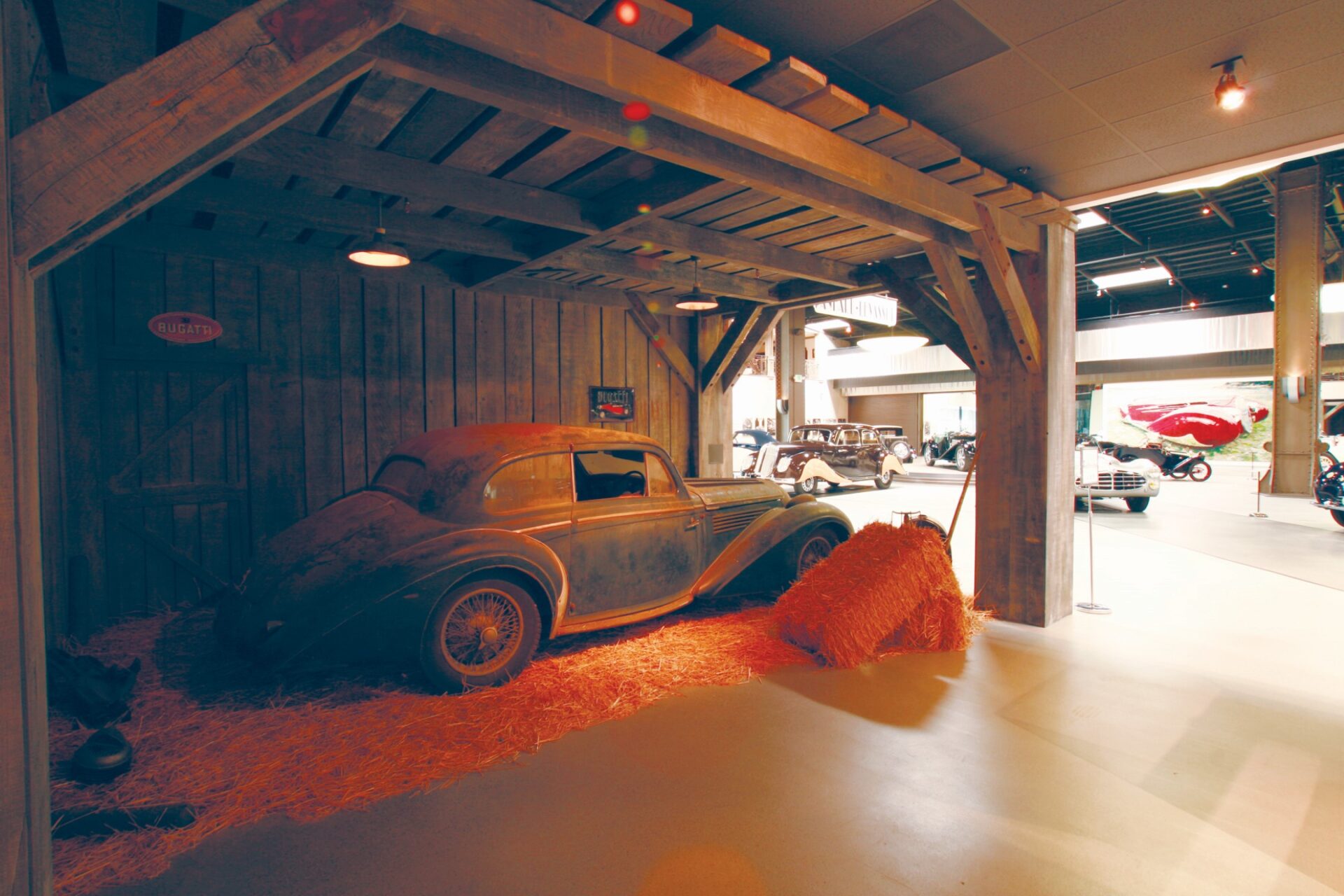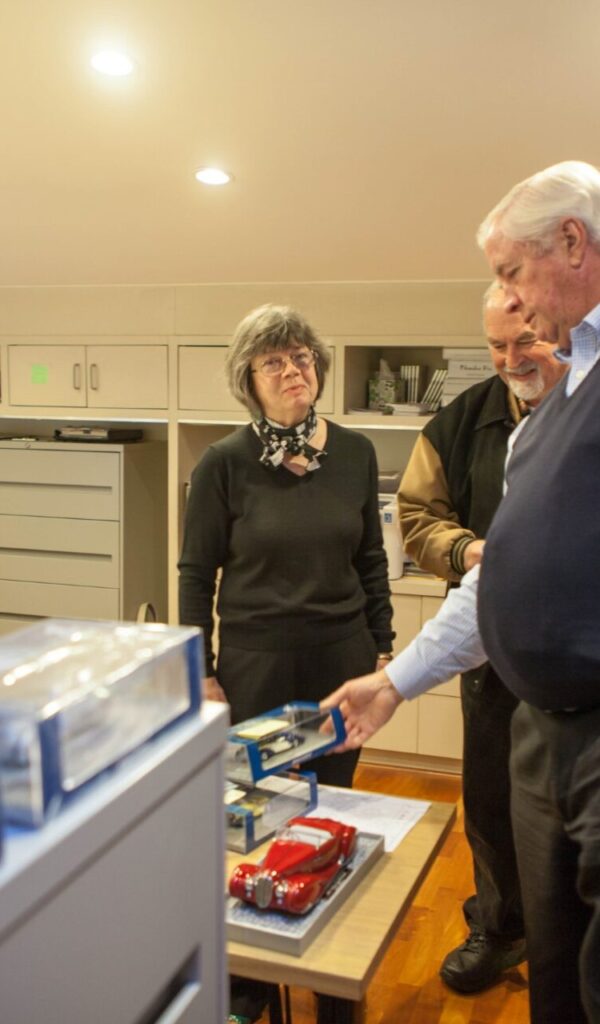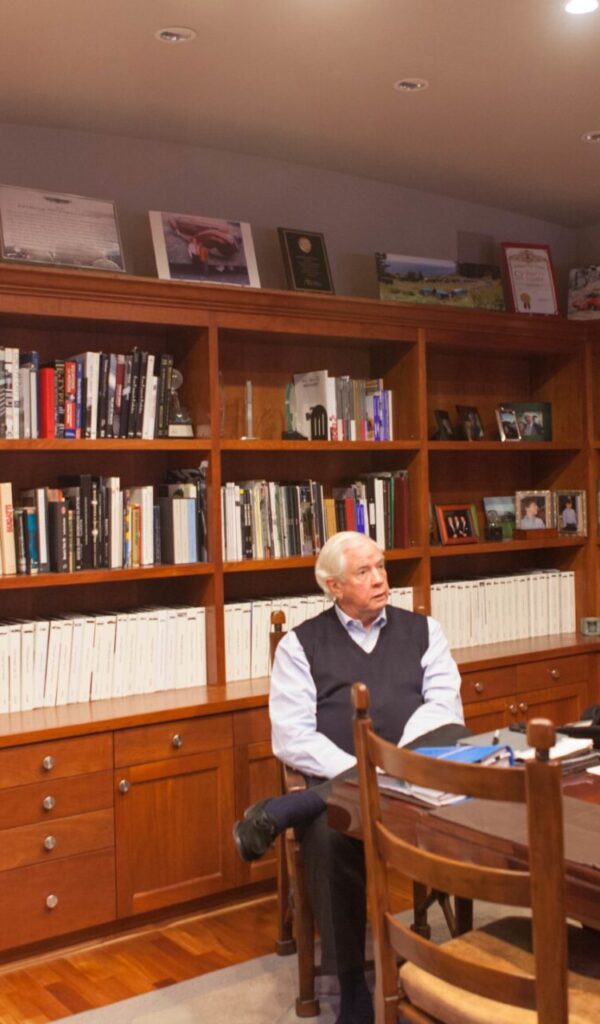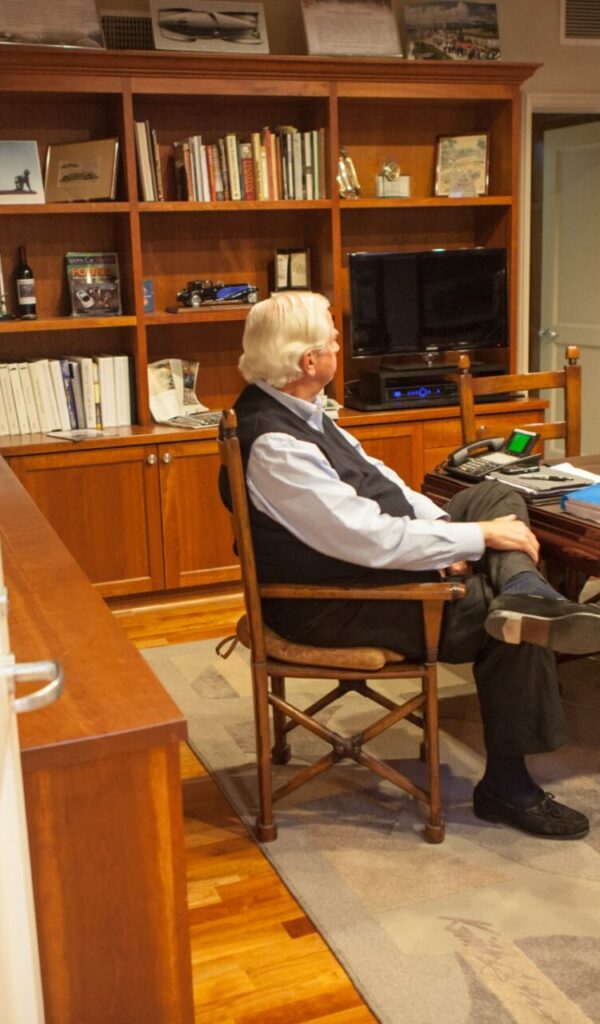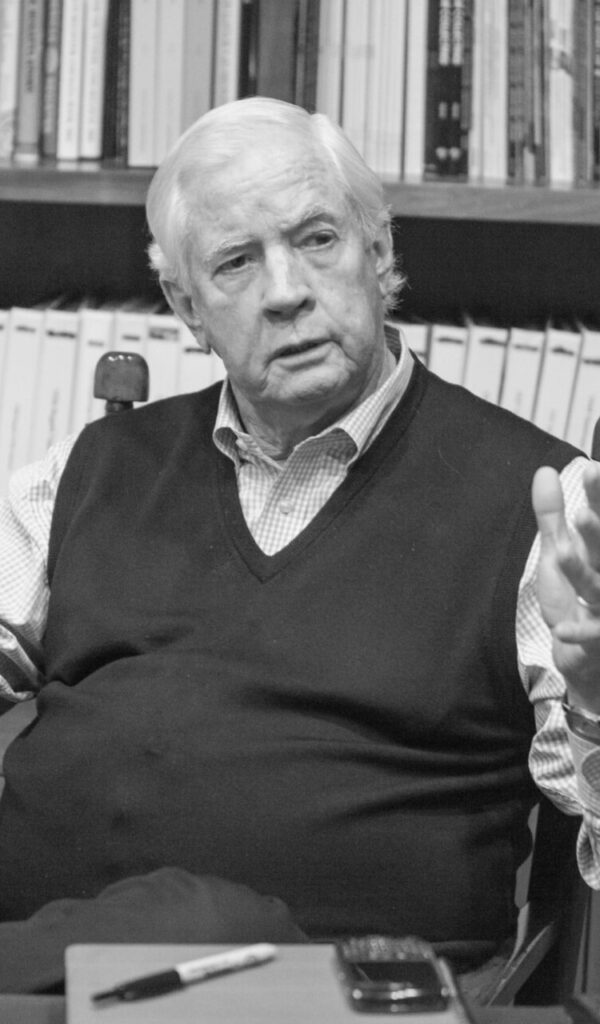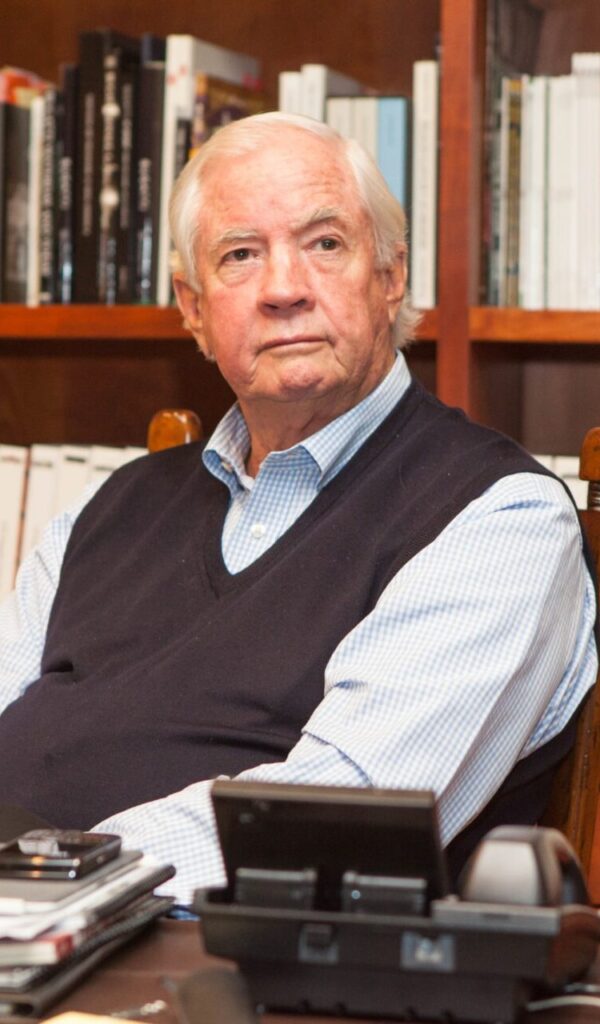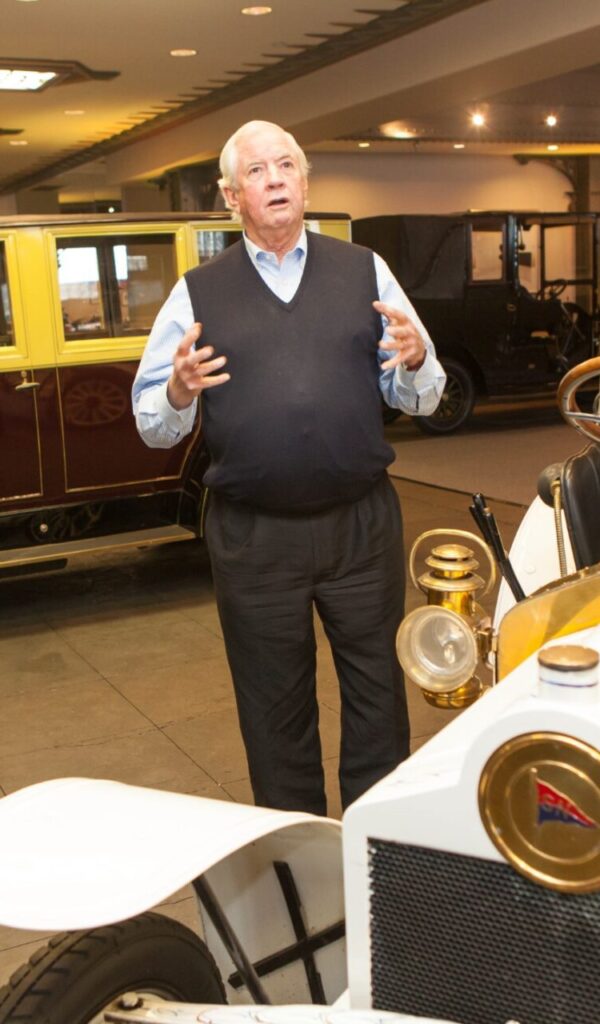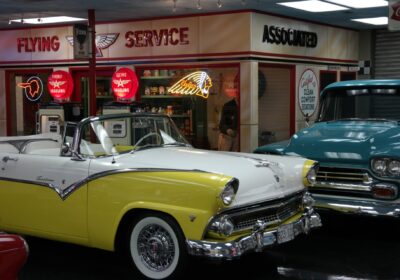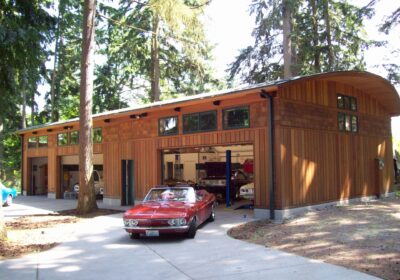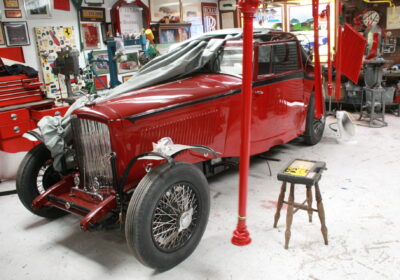Dedicated to Fine Art and Engineering
Many agree Art Deco styling was a zenith moment in design. Fanatics of this era recognize well that the popular movement of the 1920’s through 1940’s represents more than just unique and highly-styled products, but that it stretches farther into the realm of human creativity and ingenuity, a time when science, engineering, intellect, and design intersected, creating a sort of modern renaissance. Peter and Merle Mullin recognize that well, and appreciate the era so much that they’ve essentially dedicated much of the past 30-years to collecting pieces from that period of genius. In April, 2010, the Mullins opened the Mullin Automotive Museum in Oxnard, California dedicated to the French automobiles of that era, specifically studying vehicles from Bugatti, Delahaye, Talbot-Lago, and Delage.
“Peter Mullin’s legacy, one might say, is to educate and share,” said Andrew Reilly, deputy director and chief curator of the museum. “Mr. Mullin is a self-made visionary in business and collecting, born and raised in Southern California, who wants to share his passion and knowledge about the Art Deco era and the products and people from it, with others interested in that special artistic renaissance. That’s part of what this museum is all about. The Mullins are endowing the museum, creating an entity that will long survive us, so because of that, we’re looking a long, long way into the future.”
With this in mind, the Museum has busied itself with building publicity, creating a docent program, gathering and organizing an extensive archive of original Bugatti photographs, memos, blueprints, and documenting the Grand Salons of the era, particularly the 1925 Paris Exposition Internationale des Arts Decoratifs et Industriels Modernes, from which the term, Art Deco, originated. That particular salon was recelebrated in 1966, and it was here that the term Art Deco truly became part of the popular lexicon demonstrating the seminal influence of the original 1925 salon.
“The 1925 Paris exposition was an outstanding gathering, displayed the latest fashion, engineering, artistic and horological accomplishments, and marked the beginning essentially of a new era of modern design,” said Andrew. “The influence it had around the world was amazing, and the Mullins feel the art and automobiles from that era represent the apex of art, design, and engineering.”
Measuring out at 46,821-square feet, the building, formerly owned by Los Angeles Times publisher Otis Chandler, and referred to as the Chandler Vintage Museum of Transportation and Wildlife, or simply The Vintage, has been substantially renovated and updated with architectural input by David Hertz Architects, construction by Interscape Construction, and interior design creation and construction by The Scenic Route. This trio worked in concert with the Mullin’s vision to create a Grand Salon of engineering and design. Upon entering the Museum, one immediately understands that the Museum is intended as a celebration – the vehicles are arranged in a loose, showy, circular, artistic manner on the first floor. Overhead, from a blackened ceiling, hang banners of silver and black with the names of various automobiles emblazoned upon them – Hispano-Suiza, Talbot-Lago, Delage, and so on, lending to the feel of an automobile exposition from a bygone era. And, before it can be identified, there is something different about the museum. It takes a while to really get it, but once discovered, it’s a bit astonishing – no stanchions and velvet ropes surrounding and protecting the cars.
“We are proud to provide the public the opportunity to view these priceless vehicles up close, and we have faith that our guests will respect the vehicles and displays, and behave themselves,” Andrew said.
Various exhibitions are presented, such as the Archives (off limits to the general public), the “barn find Bugatti,” the “Grand Salon,” the “Schlumpf Collection,” the Theater, and more. Upstairs, the Museum has adopted a racing theme, with actual pits and a pathway painted like a track. It’s here that the Museum displays its significant collection of competition cars together with four newer prototype Bugattis on loan from the modern Bugatti Company. The mezzanine is also home to a major collection of sculpture, furniture, and glass art, and, of course, the omni-exclusive Bugatti Club, which overlooks the main hall below boasting fine furniture, a bar and pieces from the Bugatti furniture salon. In keeping with the theme, the Bugatti Club is established and furnished in a way reminiscent of dining halls within exclusive cruise ships from the 1930’s.
“It’s extraordinary that the Mullins have been able to collect so many exceptional objects, and have the generosity to share these beautiful and historically-important objects with the world and future generations,” said Andrew.
Through decades of seeking unique and rare pieces around the globe from the Art Deco period, the Mullins have created an exceptional collection of astonishingly rare automobiles and art. Their idea of building a museum to house, protect and showcase them to the public is nothing short of generous in itself, a true act of philanthropy. But, the overlaying goal is to provide education in design, history, and engineering, providing for the future, and imposing the question of how one concept influences another, and leads to something equally amazing or better, while rounding out a consideration of then and now – the constraints and freedoms of modern vehicle construction versus the constraints and freedoms of Art Deco construction, for example. How the exclusive cars of the bygone era influenced future, more mass-produced vehicles.
“The Mullins have collected a broad variety of things from automobiles to glassware, to rare, exclusive furniture to artisan sculpture and paintings,” said Andrew. “In displaying them all together, talking about the artists and circumstances in which they were created with our efforts at documenting the people behind them and the era itself, the Museum is becoming an amazing educational center.”
One of the most famous cars, or at least the most storied, that the Mullins have acquired is known as the “Lago Bugatti,” “Lady of the Lake,” or rather, the Bugatti retrieved from the bottom of Lago Maggiore near the Swiss-Italian border. A 1925 Bugatti Type 22 Brescia Roadster, Chassis number 2461, was won in an impromptu game of poker in 1934 by a Swiss playboy from Rene Dreyfus, the French World Champion racing driver. Returning home to Switzerland, at the border, the Swiss required he pay duties upon the newly acquired vehicle, and he was unable to. As such the car was confiscated and subsequently, in keeping with Swiss law, destroyed. The authorities apparently elected to accomplish this by pushing the car into Lake Maggiore, where it ultimately came to rest some 173-feet below the surface, starboard-side up. Having become a celebrated part of local legend, in 1967, a local dive club discovered the otherwise forgotten car, and it became even more of a legend. In 2009, in response to the tragic murder of one of their members, Damiano Temagni, the club raised the Bugatti to auction and fund the Fondazione Damiano Temagni (www.damianotemagni.ch) which works to prevent youth violence and abuse.
“The car is surprisingly intact, having been under water for 75-years,” said Andrew. “Interestingly the left side, which was lying in the muddy lake bottom, is reasonably preserved. The right side, however, is substantially deteriorated.”
The Museum has launched a conservation project for the Maggiore Bugatti, working with the engineering and material sciences department of Northwestern University. With their help, they are developing a display for the car, and are working on methods to stop, and perhaps reverse, the corrosion damage, and it’s tricky magic.
“Conservation is a complicated field because you want to focus on applying treatments that are reversible and, like physicians, you take an oath to ‘do no harm,’” Andrew said.
Years ago, a ship was brought up from the ocean floor, and the popular thought at the time was to coat the ship with a sort of sealing lacquer. However, today, within the lacquer, the ship is still deteriorating and now, perhaps irreversibly due to the lacquer coating. It’s exercises like this the Museum is trying to learn from and avoid, and contribute to a solution with the Brescia.
“The Museum is eager to engage with young people and nurture their enthusiasm for the French art and automobiles of the Art Deco era,” said Andrew. “Northwestern University’s involvement in the Lago Maggiore project has been an inspiration. The collector car hobby as a whole needs to reach out and embrace the younger generation, and cultivate and encourage their enthusiasm for these cars. We need future caretakers.”
While it’s impossible to travel back to the original Grand Salons of Paris, The Mullin Museum has worked hard to give people a glimpse of what might have been so long ago. From the exquisite art pieces to the furniture to the automobiles, they’re all equally fine art, and should be cherished. To see so many ultra rare vehicles in one place is astounding indeed, but to see them in such glorious surroundings is even more breathtaking.
“The Museum hosts a number of unique vehicles – cars that were champions of the salons, racetrack and concours lawns, and others that have been hidden in barns and below the waves in distant waters,” said Andrew. “It really is a fascinating and inspiring place to be.”
[EDITORS NOTE] Be sure to check out Part-2 of this article from GSM Issue-21 where we profile: Peter Mullin.
The Mullin Automotive Museum
1421 Emerson Ave.
Oxnard, CA
www.mullinautomotivemuseum.com
805.385.5400
Admission is by appointment and is $10, per person. Visit their website, or call for tickets and further information. Call for hours and appointments.
